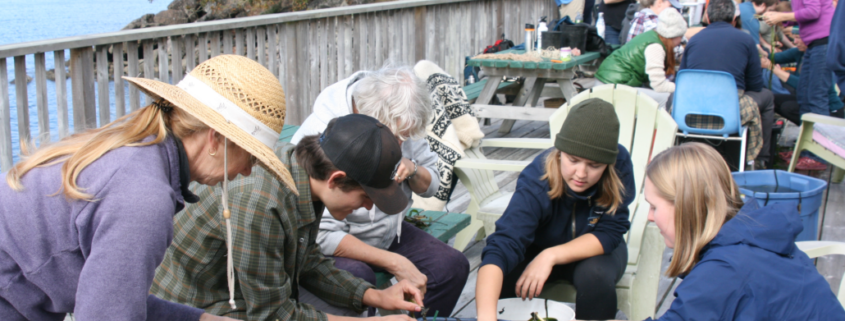
Join a Local Stewardship Group
Joining a stewardship group is a great way to meet like-minded people, learn, and support your local community and environment!
Stewardship is defined as ‘the way in which we take care of something.’ It is about taking responsibility to promote, monitor, conserve and restore ecosystems for current and future generations of all species.
There are three types of environmental stewards:
- Doers help out by taking action on the ground.
- Donors help by donating money, land or other resources.
- Practitioners work to steer agencies, scientists, property owners or managers, stakeholder groups or other groups toward a stewardship outcome.

There are Endless Ways to Become a Doer!
There are so many ways you can actively contribute to looking after your local environment.

Care for Your Local Ecosystems
Interested in keeping our shorelines free of litter? Join a beach clean-up event with local organizations like the Surfrider Foundation, World Wildlife Fund and Peninsula Streams Society.
You can lend a hand to reducing the invasive species in your community and local parks, participate in other habitat restoration activities like seagrass restoration, become a StreamKeeper, or do any other activity that helps the environment that is close to your heart.
Become a Citizen Scientist
You could also become a “citizen scientist” – someone that does not necessarily have a science degree but has the skills, interests, or resources to contribute to furthering scientific knowledge.
As a citizen scientist you can help collect valuable data on conservation initiatives like mapping kelp beds by kayak to better understand how kelp populations are changing, or participating in a BioBlitz in your area to help gather a snapshot of the biodiversity (and therefore the ecological health) of where you live!
Here are some examples of citizen science opportunities:
- Monitoring forage fish spawning beaches. Click here for more information.
- Tracking and reporting invasive species observations, such as European green crab.
- Collecting oceanographic data to help understand water quality in the Salish Sea.
- Submitting samples to the Adult Salmon Diet Program if you’re a recreational angler.
- Mapping shoreline features in a Resilient Coasts for Salmon workshop!

Share Your Knowledge
You can even share your passion and knowledge by being a volunteer with educational centres such as local museums or aquariums, like the Shaw Centre for the Salish Sea in Sidney, BC. You may just inspire others to appreciate what you love.
Ready to Find a Local Environmental Cause?
Search the map below for local NGOs and stewardship groups to help you find one nearby that matches your interests.

No Step is Too Small
Truthfully, you don’t need to be a part of an organization to be an environmental steward. You can work towards giving natural ecosystems a boost – even in your front yard or neighbourhood! A fun stewardship action could be constructing a garden on your boulevard or to convert your lawn into a meadow to support native pollinators. Native pollinators in your region have co-evolved with native plants, supporting them with food, shelter and habitat to keep reproducing!
You could work towards reducing stormwater runoff in your neighbourhood, take steps to be more eco-friendly in the garden, or while out on your boat.
There are also resources like a Community Organization Toolkit to help get you started if you want to embark on a new initiative in your community.
Photo credits: Maria Catanzaro
